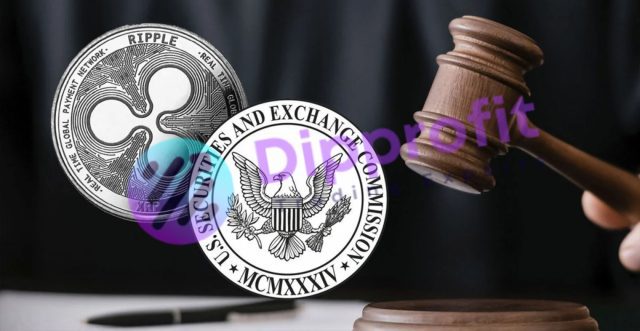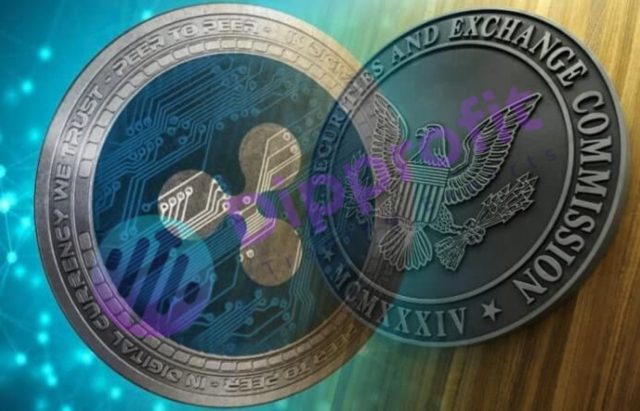In the SEC vs Ripple case, a recent court decision has become a key focus of the US crypto market. This decision, led by Judge Sarah Netburn, marks a significant turn in the SEC Vs Ripple case.
Judicial Ruling In SEC vs Ripple case and Requested Information

Essentially, SEC asked the court for certain information, and the court said yes. This info is pretty important; it includes Ripple’s financial statements for 2022 and 2023. SEC believes these documents are vital to figuring out how much Ripple should be penalized.
The court’s decision connects back to an old case, SEC v Rajaratnam, which said that a defendant’s wealth matters when deciding penalties. This link makes the court’s decision in the SEC Vs Ripple case quite serious, as it could affect how big the penalties end up being.
Also, the court agrees with SEC about looking into what happened after the complaint was filed. They think it’s necessary to check if Ripple’s actions require an injunction – basically, a serious order from the court.
When it comes to questions about the money Ripple made from selling XRP after
SEC filed the complaint, the court cites another case, Vacold LLC v Cerami. This shows that the court sees SEC’s arguments as valid and that this info could help decide on a fair remedy.
As SEC Vs Ripple case moves forward, this court ruling is important. The approved request for information not only gives SEC important tools for its case but also opens the door to a detailed look at Ripple’s financial moves.
See Also: SEC Drops Charges Against Ripple Executives in Landmark Case
Potential Ramifications and Legal Strategies

This court decision ripples through potential penalties looming over Ripple. The SEC in the Sec Vs Ripple case is pushing for a kind of punishment called punitive disgorgement to send a strong message to the US crypto market.
With the Motion to Compel granted, SEC can now dig into whether Ripple kept breaking the rules after the initial complaint and the ruling in July 2023. This ruling stated that Ripple breached Section 5 of the Securities Act, especially in its sales of XRP to institutional investors.
It’s important to note that the court’s decision doesn’t automatically mean a tougher penalty for Ripple. SEC needs to lay out its case in a remedy-related brief by March 13, proving that Ripple didn’t mend its ways and justifying why an injunction is necessary.
This also involves showing the money Ripple made from shady activities after the complaint and the July 2023 ruling.
Come April 12, Ripple has its turn to present a remedy-related brief. Using past US legal decisions, Ripple might bring up Morrison vs NAB, emphasizing SEC’s power over US sales, or cite the ruling in Liu v SEC, restricting penalties to the profits gained from illegal activities.
They could also point to SEC v Govil decision, stating that the SEC has to prove real financial harm to investors before asking for a harsh penalty.
Post the Motion to Compel ruling, SEC Vs Ripple case enters an important phase. The legal moves by both sides will be closely watched, and the court’s decision on penalties could significantly shape Ripple’s path in the US crypto market.
Summary
In the Ripple case, a recent court decision favored SEC, affecting potential consequences and legal plans. The ruling lets SEC get important info, which could impact how much Ripple might be penalized.
SEC wants a strict penalty, especially considering what happened after the initial complaint. Ripple needs to defend itself by March 13, using legal arguments like limits on the SEC’s power and previous decisions.
This court decision is a big deal in the Ripple case, shaping how Ripple moves forward in the US crypto market.
Are you interested in joining a community where you can learn all you want to know about the cryptocurrency space, defi, web3, and forex trading and also have access to live AMA sessions from time to time, then click the button below to join Dipprofit Telegram Community For Free Now